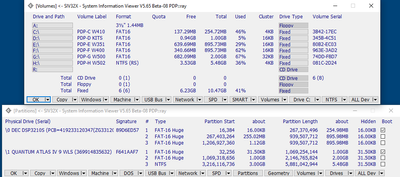First post, by Kahenraz
- Rank
- l33t
I have installed Windows 98 on a disk all by itself, then removed that disk and installed Windows XP on another. Both disks now work fine when booted to individually. I would now like to add the Windows 98 disk as an option to the Windows XP install for dual booting. I've read a lot of information on this online, but it seems to mostly deal with dual booting where Windows 98 and XP are both partitions on the same disk or are on the same partition. I'm having a lot of trouble finding clarity on how to go about getting the process started when both OSs already exist on separate disks.
Is anyone familiar with how to go about getting this setup? Ideally, this would be without clobbering the Windows 98 boot sector, so that it's still capable of booting on its own.

